10 Animals That Went Extinct Due to Hunting
Humans are not good for Mother Earth. These animals that went extinct due to hunting are proof of that.
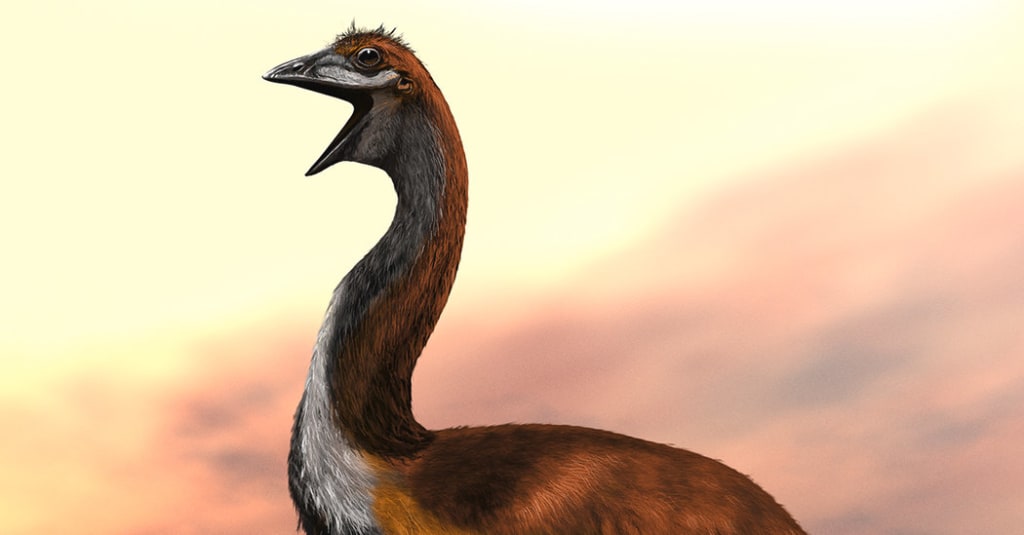
When people hear about animals going extinct, there's a certain assumption that humans may have been to blame—unless they're talking about dinosaurs, anyway.
As years pass and animals continue to vanish off the face of the Earth, it's becoming pretty clear that humans aren't very good at sharing ground with other critters. It's actually pretty scary how many animals died as a direct result of people.
Sometimes, it's the habitat destruction that kills them. Other times, it's overbreeding. Even more times, it's because people see their lives as less valuable than their potential market value and decide it's worth ending so that they can turn a profit.
We often like to think of humans as a vessel of good—and we can be, if we try to be. These animals that went extinct due to hunting are, otherwise, proof that some humans can be total jerks.
Thylacine
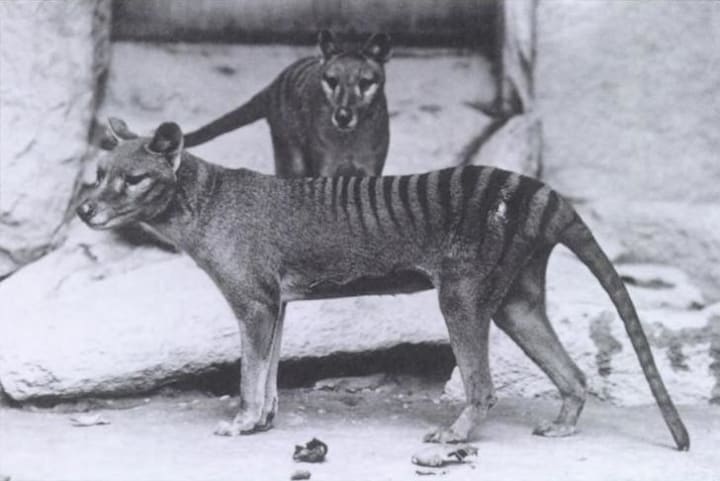
Also known as the Tasmanian wolf, thylacine were one of the most well-known animals that went extinct due to hunting. These terrifying wolf-like marsupials were known for powerful bites, tough hunting tactics, and a taste for livestock.
Farmers near their habitat quickly took to hunting them as a way of preventing them from attacking cattle, chickens, and sheep. They soon started to fade away, but the hunting didn't stop. People started to hunt them for bragging rights.
Eventually, thylacine stopped existing outside of zoos. The last Tasmanian wolf died in captivity as a result of animal slavery and neglect in the 1930s.
Auroch
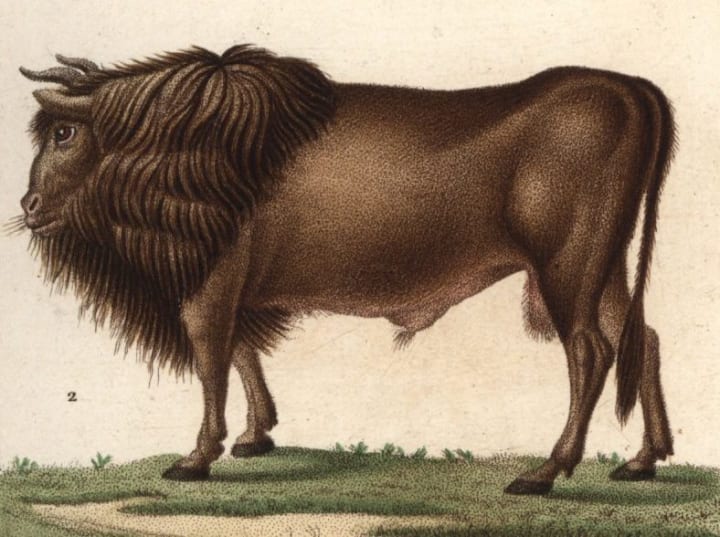
Aurochs were animals that were as badass as their name sounds—and equally as metal. (Seriously. Say it. AUROCHHHHH!)
These were absolutely massive cows that roamed throughout Europe and became known for their huge size and terrifying horns. A typical auroch would tower at around six feet tall at its shoulder, and regularly were described as "elephant-sized."
Because of their wild demeanor and large height, they were hunted as large trophy prizes by nobility. These were some of the most powerful animals that went extinct due to hunting in Europe. They died out in the early 1600s.
Western Black Rhino
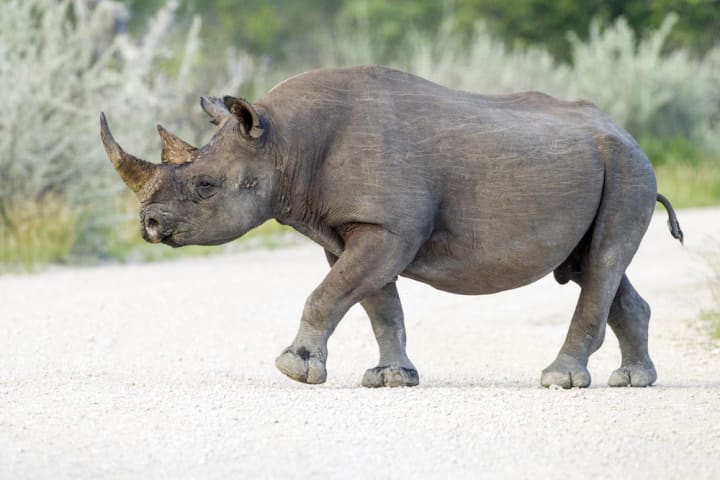
It's no secret that poachers care more about trophies and money from selling rare animal parts than they do the wellbeing of the ecosystem. One of the most recent casualties of illegal poaching was the Western black rhino.
Greed killed this species off, and it wasn't just the ivory trade, either. The Chinese black market would regularly trade in rhino horn for traditional medicine purposes. A single horn would go for as much as $50,000.
Extreme poaching led this rhinoceros species to die out in 2011.
Dodo
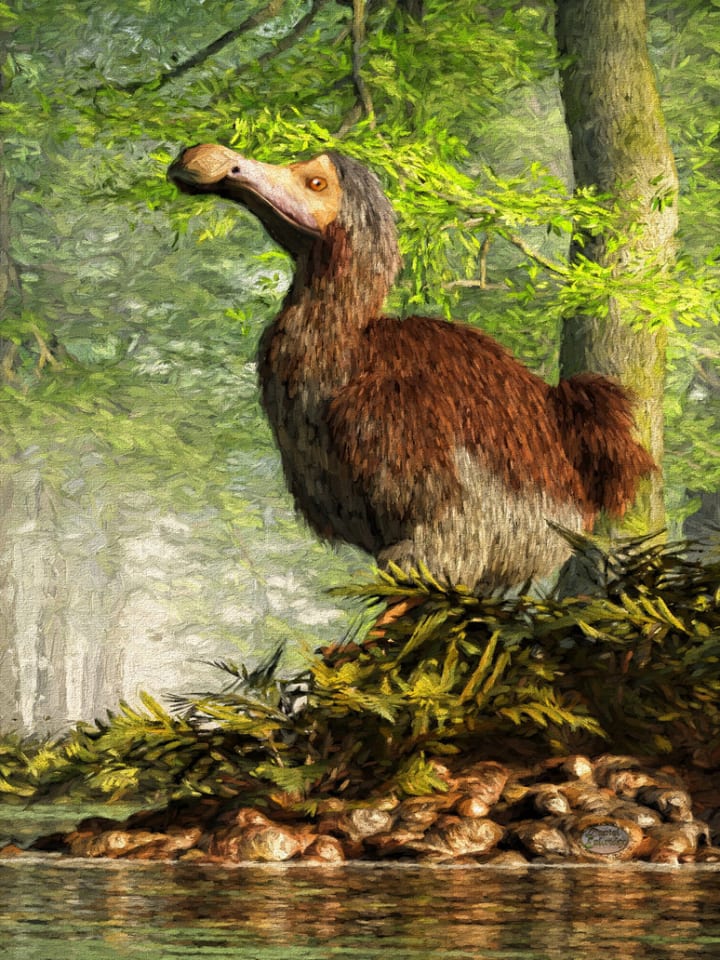
When people talk about extinct animals, the name "dodo" comes up a lot, which is actually the reason why this species might return from extinction. These goofy birds are famously known as animals that went extinct due to hunting by travelers in the 1700s, and are often faulted for not running away from humans.
Believe it or not, this isn't the dodo's fault. They had no natural predators, and thus never evolved to have a defense mechanism or fear of the unknown.
If that doesn't add insult to injury, historic records show that the meat and eggs from dodos were known for being terrible in taste. So, even when they were being hunted, it was never for much good.
Bubal Hartebeest
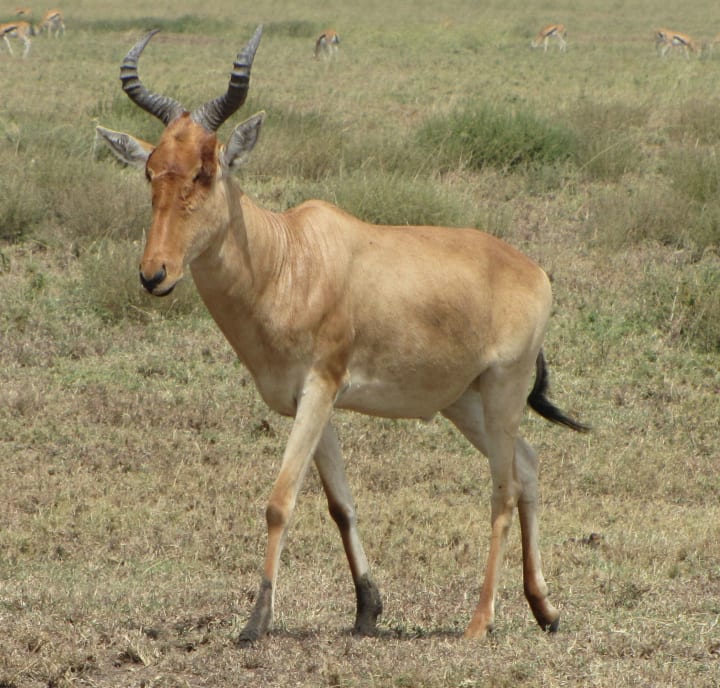
This strange creature was a unique breed of antelope that once lived throughout North Africa in plentiful numbers. Known for its long nose and "knock-kneed" appearance, it became a favorite target of hunters during the early 19th century.
Entire herds of the hartebeest would be massacred at a time, and by the early 20th century, only several dozen existed. The last bubal hartebeest was hunted down in the 1930s, shortly after people decided it was time to conserve them.
Passenger Pigeon
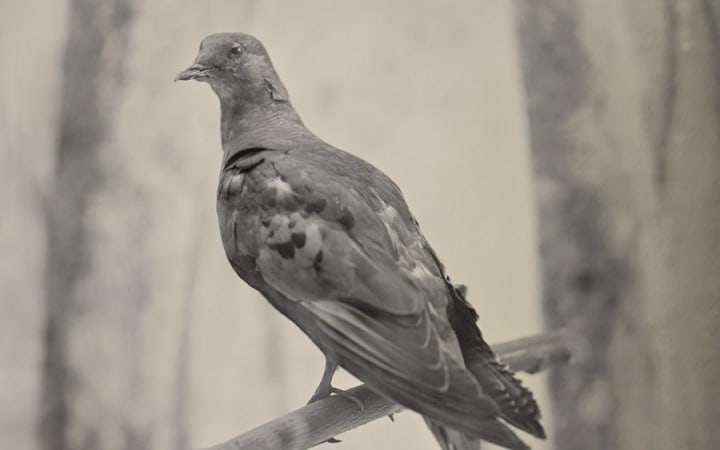
The passenger pigeon was once famous for having absolutely massive swarms that flew through the skies of North America. These swarms were so large, they would literally make the sky darken when they would take flight.
They were also notoriously easy to hunt—and pretty terrible pests for farmers. During the early part of the United States' history, passenger pigeons were known for being a food staple during times of famine. As farming improved, people started talking about eliminating them.
A massive effort was made to hunt them down, and at times, it was even promoted by the government. Within 40 years, the population of passenger pigeons tumbled from a number in the billions to a few hundred.
Soon, they could only be found in zoos. The last passenger pigeon, Martha, officially died in 1914 in captivity, though there is still the possibility that this extinct animal might not really be extinct.
Sea Mink
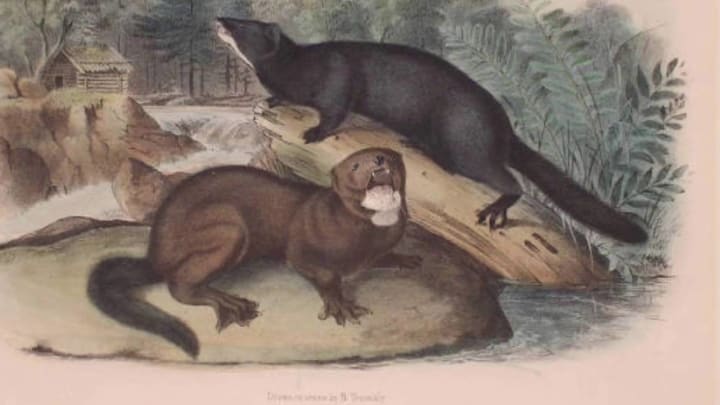
Minks are still regularly hunted and prized for their soft fur by traders and hunters alike. With the sea mink, this proved to be the species' downfall.
If you thought regular mink fur was soft, you should have been around during the time of sea minks. Their fur was the softest of any type of mink, and became a major reason why hunters in the fur trade shot them.
Fur was still a hot commodity in the 19th century, which is around the time when this mink's hunting went out of control. By 1880, they were all dead.
Steller's Sea Cow
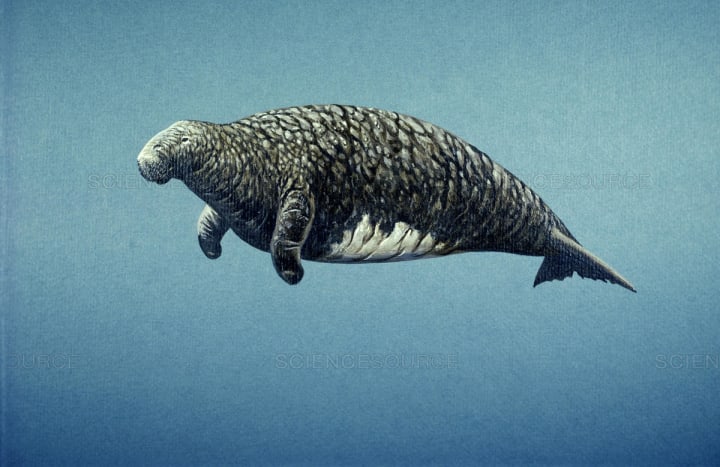
What's really alarming about animals that went extinct due to hunting efforts is how quickly they can all vanish. Steller's sea cow is a good example of how insanely fast you can hunt a species into extinction.
These massive 30-foot sea cows were only found on a single small region of the Komandor Islands. Each of them weighed about 8,800 pounds—meaning that they were a perfect source of food and blubber for people in the far North.
They were officially discovered in 1741, with evidence of their survival going back to the Pleistocene. They were declared extinct in 1768, after hunters ate the last one.
Elephant Bird
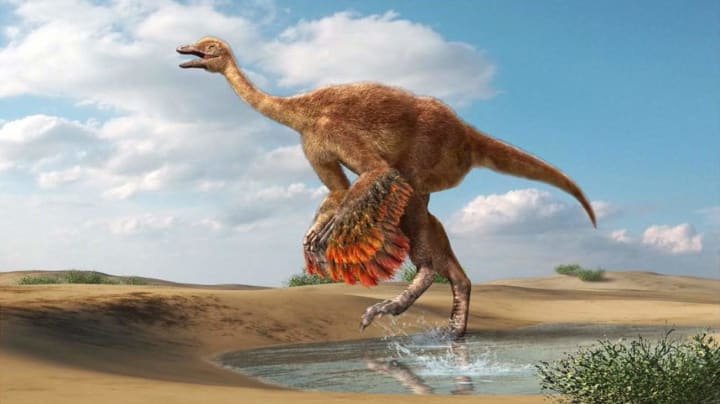
Elephant birds were giant ratites that lived on the isle of Madagascar. As one of the last megafauna to survive, it was known for having a height of 10 feet and eggs that could allegedly feed an entire family.
When humans reached Madagascar, they started to hunt down the birds for their eggs, meat, and feathers. They are believed to have gone extinct some time in the 11th century, but rumors of their sightings continued to go on well into the 16th century.
Atlas Bear
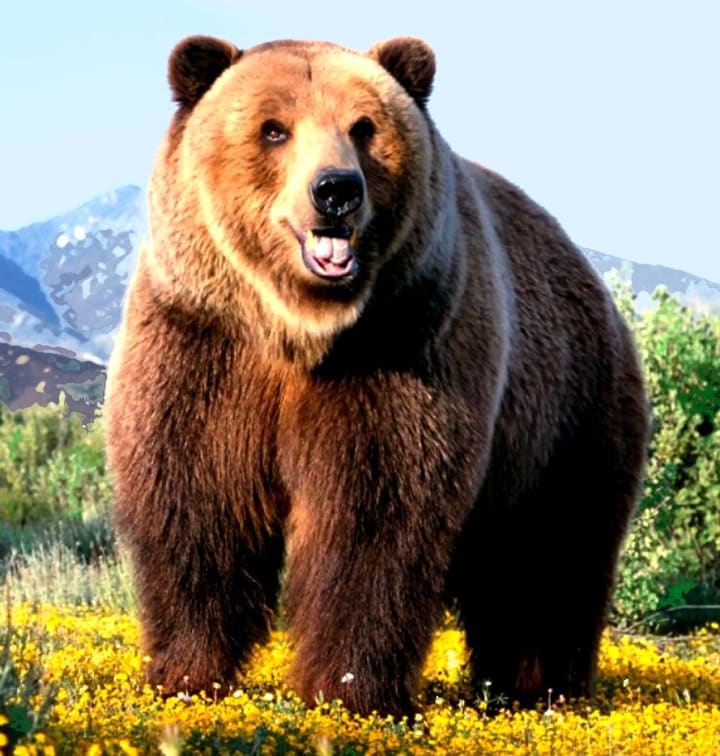
Did you know that Africa once had a very lively population of bears? It's true, and they were known as Atlas bears. These bears had a long history of being hunted by humans, and were even used in gladiator fights in ancient Rome.
These uniquely long-legged brown bears became highly prized trophies among big game hunters, becoming animals that went extinct due to hunting practices that went rampant. The big game hunting craze of the late 19th century ended up being their demise, and the last bear of this kind was killed off in 1870.
About the Creator
Rowan Marley
Rowan Marley is a 20-year-old sports enthusiast who hails from Brooklyn. When he's not hitting up a local Zumba class, he's drinking organic smoothies. That's just how he rolls.






Comments
There are no comments for this story
Be the first to respond and start the conversation.